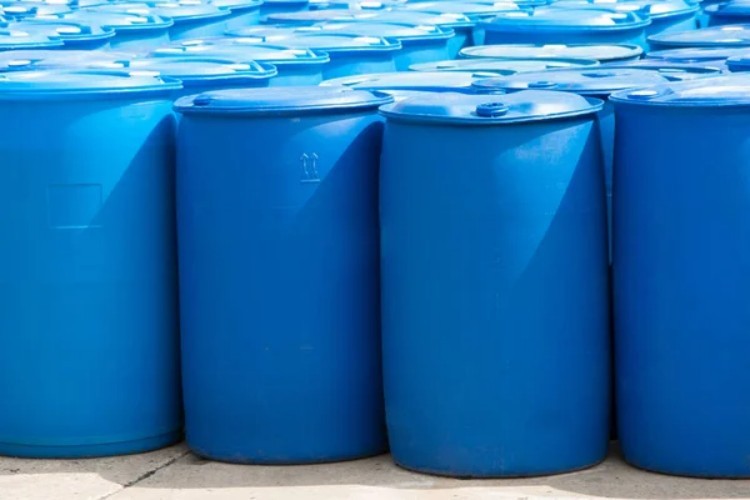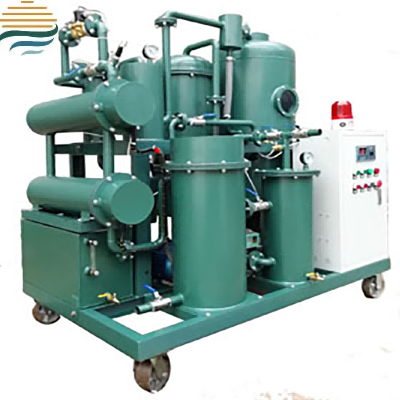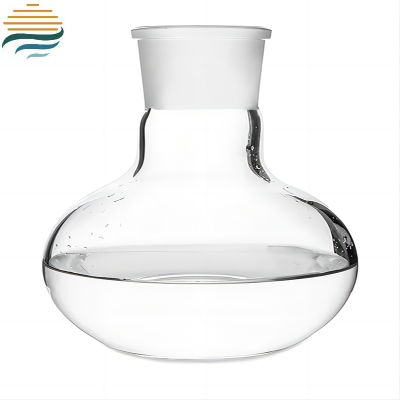Which Transformer is Best: Oil or Dry?
In the realm of electrical power systems, transformers are indispensable components responsible for voltage regulation and efficient power distribution. When it comes to choosing a transformer, one of the most common dilemmas is deciding between an oil - filled transformer and a dry - type transformer. Both types have their unique characteristics, advantages, and limitations, making the choice highly dependent on specific application requirements, environmental conditions, and operational considerations.
Insulation and Cooling Mechanisms
The fundamental difference between oil - filled and dry - type transformers lies in their insulation and cooling methods. Oil - filled transformers utilize a specialized insulating oil, typically a highly refined mineral or synthetic fluid, as the primary insulating medium. This oil not only provides excellent electrical insulation but also serves as an efficient coolant. Inside the transformer, the oil circulates around the windings and core, absorbing the heat generated during operation. The heated oil then rises and transfers its heat to the outer surfaces of the transformer tank, which are often equipped with fins or radiators for enhanced heat dissipation. This natural or forced convection process ensures that the transformer operates within safe temperature limits, even under heavy loads.
On the other hand, dry - type transformers rely on air as the cooling medium and solid insulation materials, such as epoxy resin or glass - fiber - reinforced polymers, to insulate the electrical components. These transformers do not contain any liquid coolant, eliminating the risk of oil leaks or spills. Instead, they use fans or natural air circulation to dissipate heat. The solid insulation materials are designed to withstand high electrical voltages and provide reliable insulation. However, the cooling efficiency of dry - type transformers is generally lower compared to oil - filled ones, which can limit their continuous power - handling capacity under certain conditions.
Performance and Capacity
In terms of electrical performance, oil - filled transformers often have the upper hand, especially for high - voltage and high - power applications. The insulating oil offers superior dielectric strength, allowing oil - filled transformers to operate at higher voltage levels with a lower risk of electrical breakdown. Additionally, the efficient cooling provided by the oil enables these transformers to handle larger power loads continuously. They can maintain stable performance even in demanding environments with high ambient temperatures or significant load fluctuations.
Dry - type transformers, while not as powerful as their oil - filled counterparts in extreme cases, still offer reliable performance for a wide range of applications. They are well - suited for medium - voltage and lower - power applications, such as in commercial buildings, industrial facilities, and residential areas. Modern dry - type transformers with advanced insulation materials can achieve high levels of electrical insulation and heat resistance, ensuring safe and efficient operation. Their compact design and ease of installation also make them a popular choice for applications where space is limited.
Safety and Environmental Considerations
Safety is a crucial factor in the selection of transformers. Oil - filled transformers pose a potential fire risk due to the flammability of the insulating oil. In the event of an internal fault, such as an electrical arc or short circuit, the oil can ignite, leading to a fire or explosion. To mitigate this risk, oil - filled transformers require special safety measures, such as fire - resistant enclosures, oil - containment structures, and proper ventilation. Moreover, if the oil leaks, it can contaminate the soil and water, causing environmental damage.
Dry - type transformers, on the contrary, are considered much safer in terms of fire hazards. Since they do not contain flammable liquids, the risk of fire or explosion is significantly reduced. This makes them ideal for installation in indoor environments, such as office buildings, hospitals, and schools, where safety is of utmost importance. Additionally, dry - type transformers have a lower environmental impact as they do not pose the risk of oil spills or contamination.
Maintenance and Lifespan
Maintenance requirements also differ between the two types of transformers. Oil - filled transformers need regular monitoring and maintenance to ensure the quality of the insulating oil. This includes periodic oil sampling and testing for properties such as dielectric strength, acidity, and dissolved gas analysis. Over time, the oil may degrade due to oxidation, contamination, or exposure to high temperatures, requiring replacement. Additionally, the oil - filled transformer tank and associated components need to be inspected for leaks and corrosion.
Dry - type transformers, on the other hand, generally have lower maintenance needs. The solid insulation materials are more resistant to degradation and do not require the same level of fluid - related maintenance as oil - filled transformers. However, they still need periodic inspection of electrical connections, insulation integrity, and cooling systems to ensure optimal performance. In terms of lifespan, both types of transformers can last for several decades with proper maintenance, but oil - filled transformers may require more frequent oil changes and component replacements, which can affect their overall cost - effectiveness over time.
In conclusion, determining whether an oil - filled or dry - type transformer is “best” is not a straightforward decision. Each type has its own set of strengths and weaknesses, and the choice should be based on a comprehensive evaluation of factors such as application requirements, safety concerns, environmental impact, and maintenance considerations. Oil - filled transformers excel in high - power, high - voltage applications but require careful safety and maintenance measures due to the flammable oil. Dry - type transformers, on the other hand, offer enhanced safety, lower environmental impact, and ease of installation, making them suitable for a wide range of indoor and medium - power applications. By understanding these differences, engineers and operators can make informed decisions that optimize the performance, reliability, and cost - effectiveness of their electrical systems.





